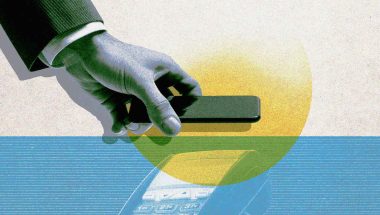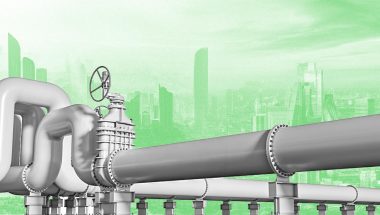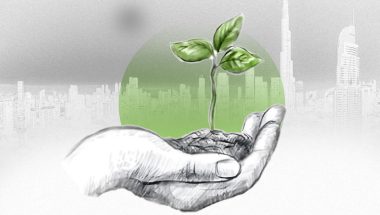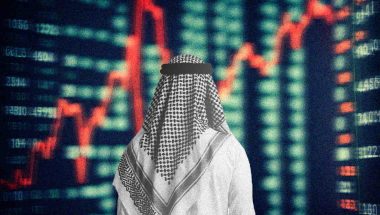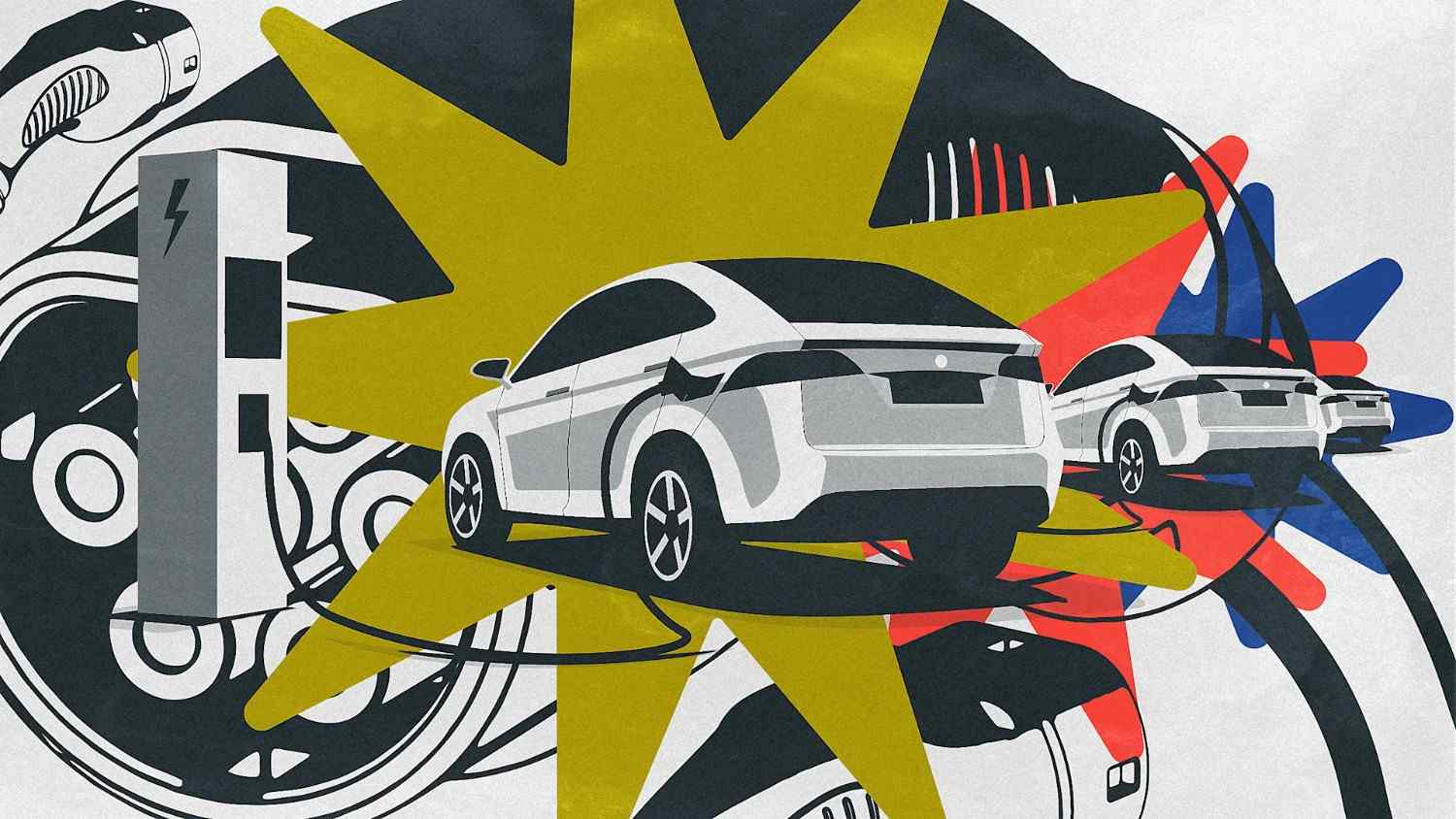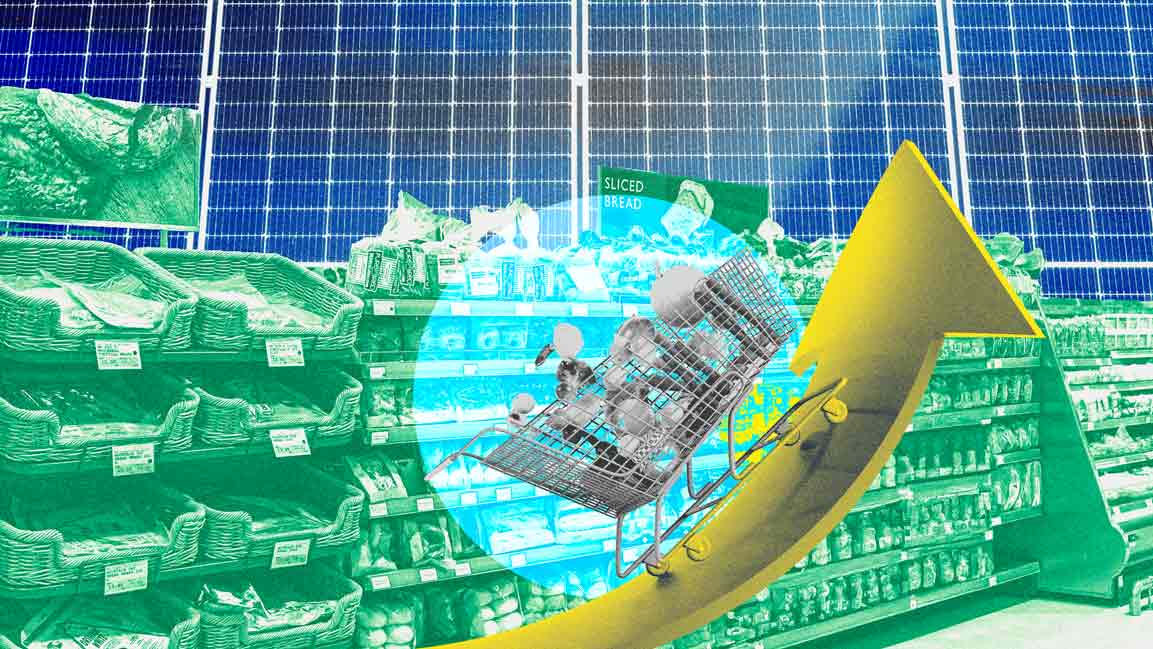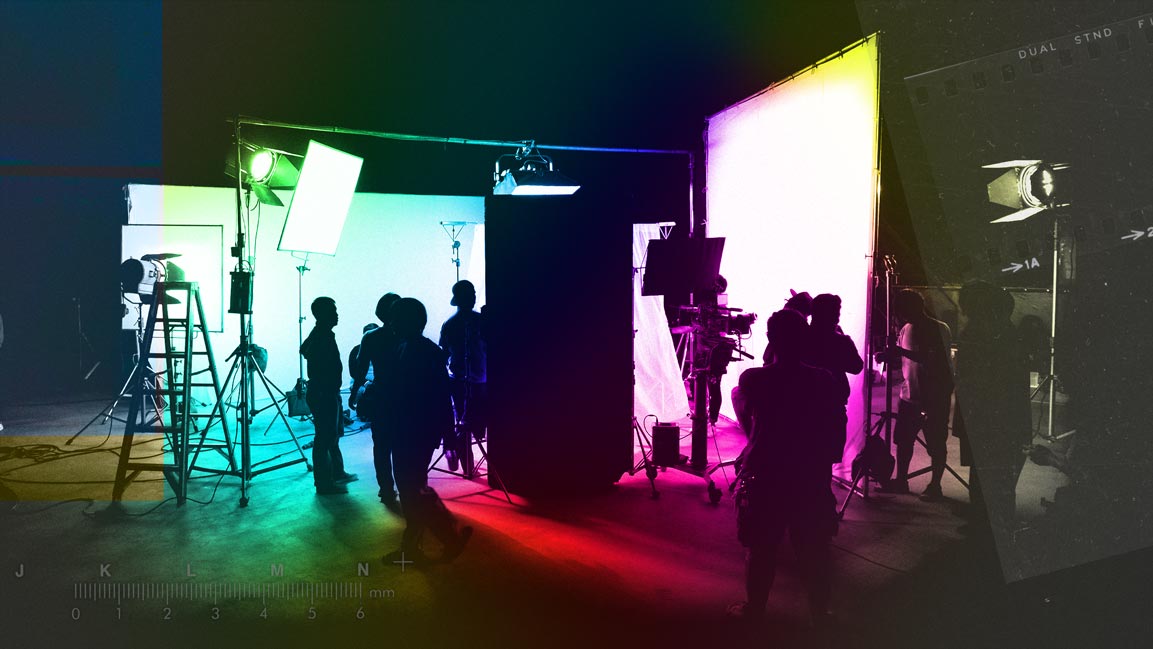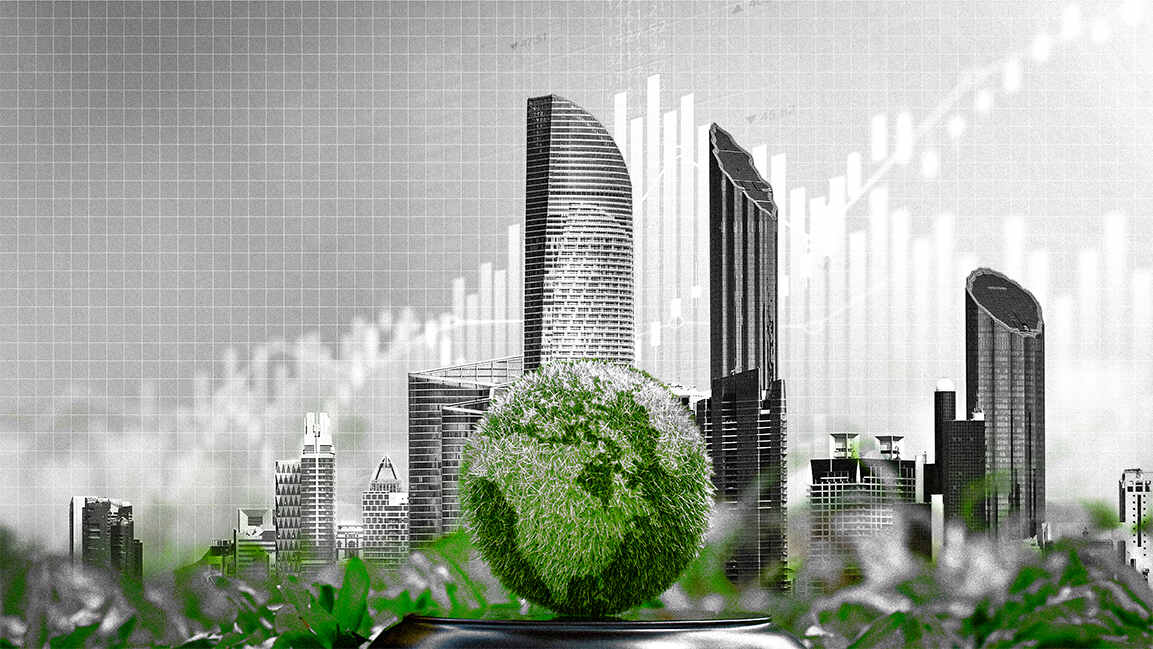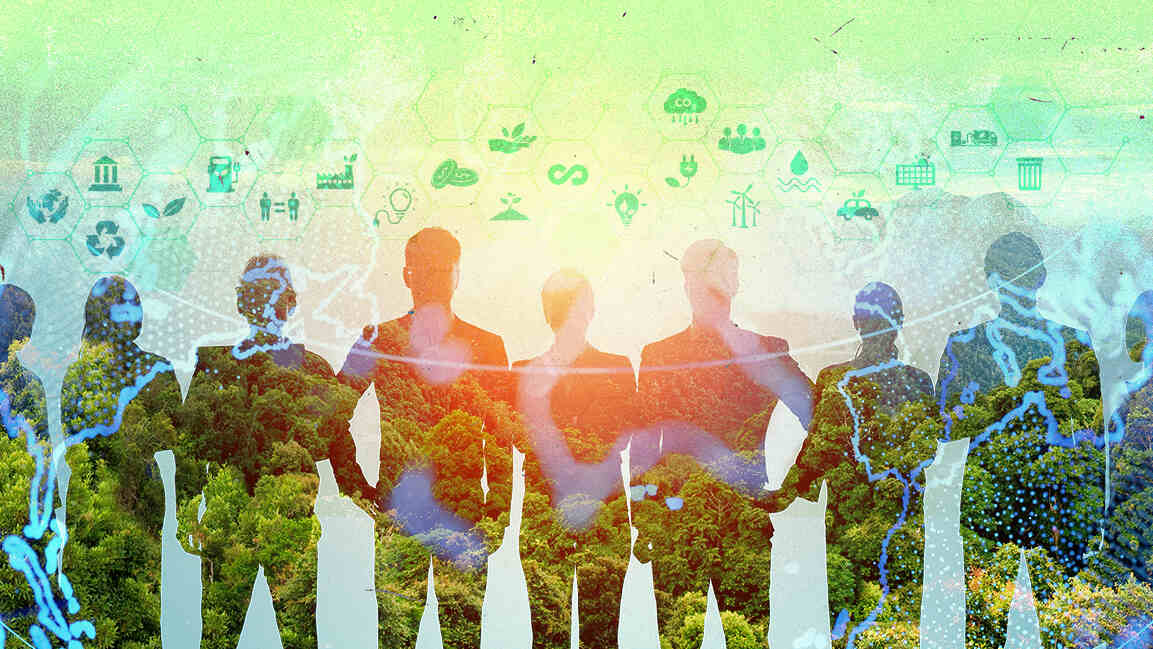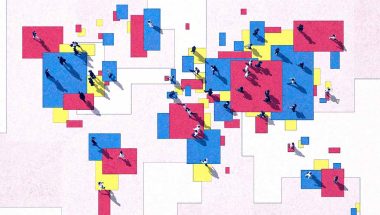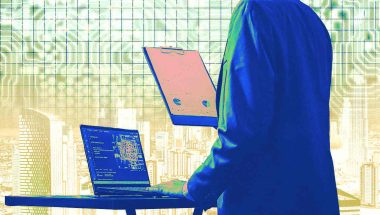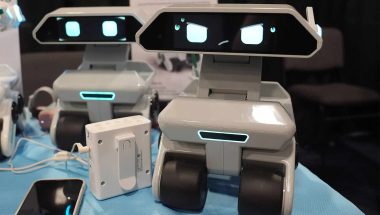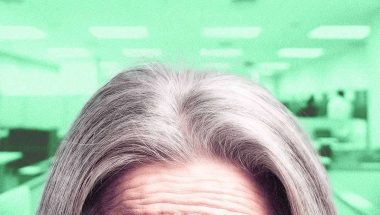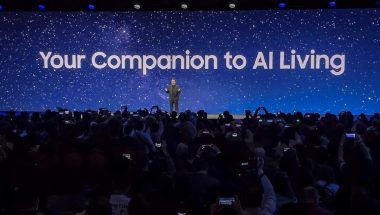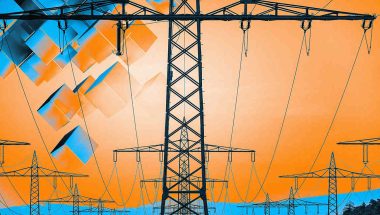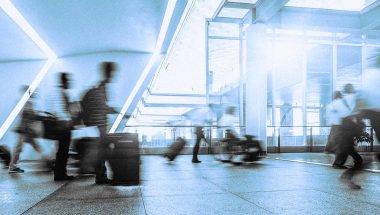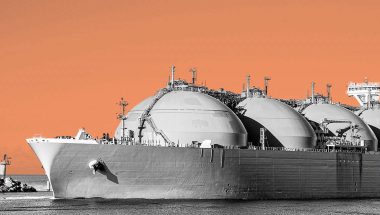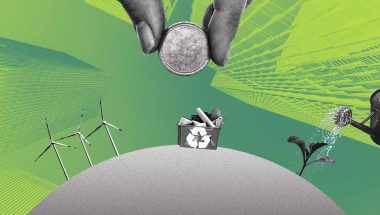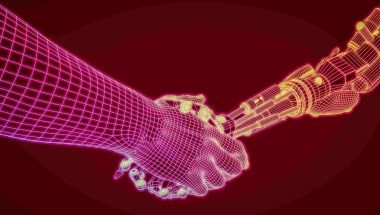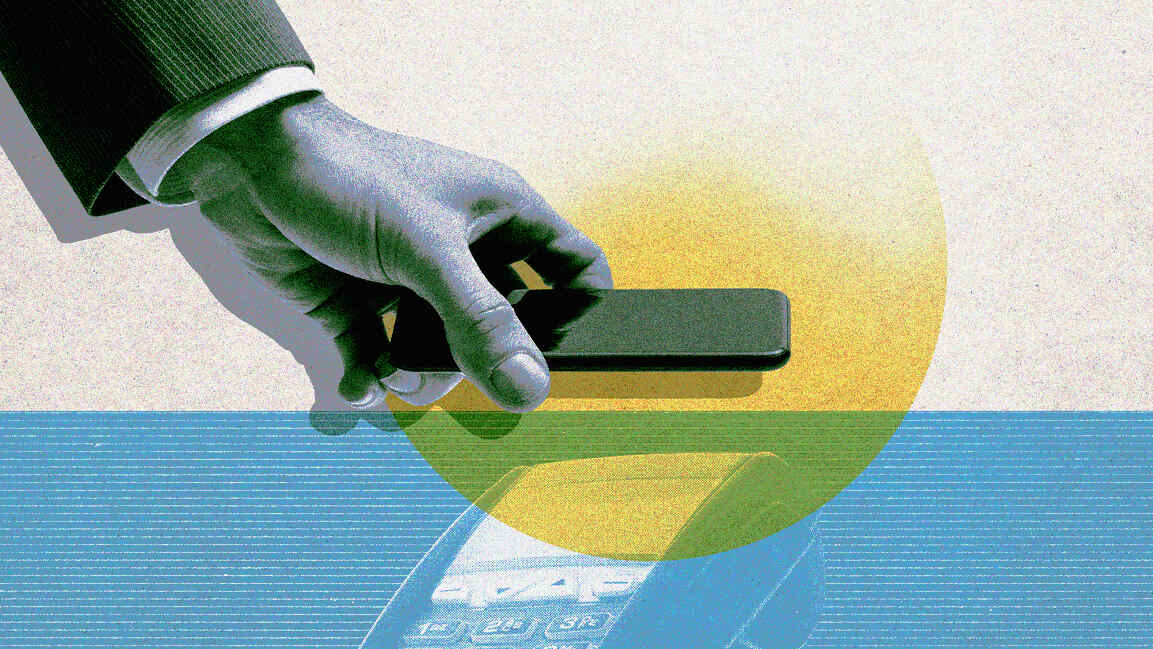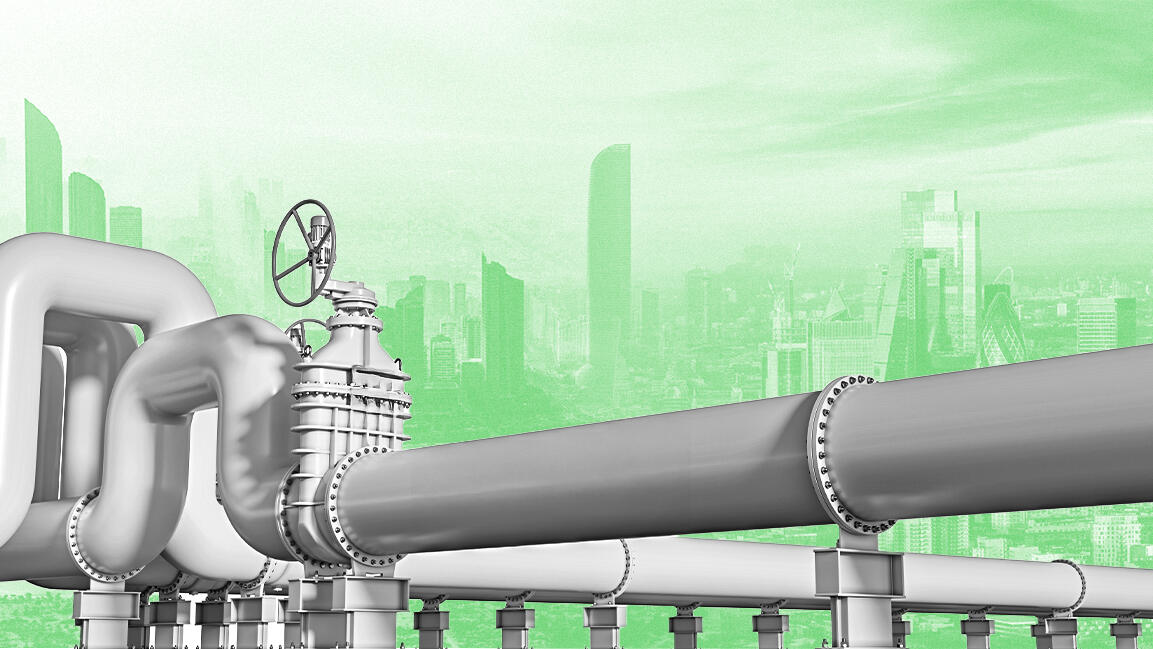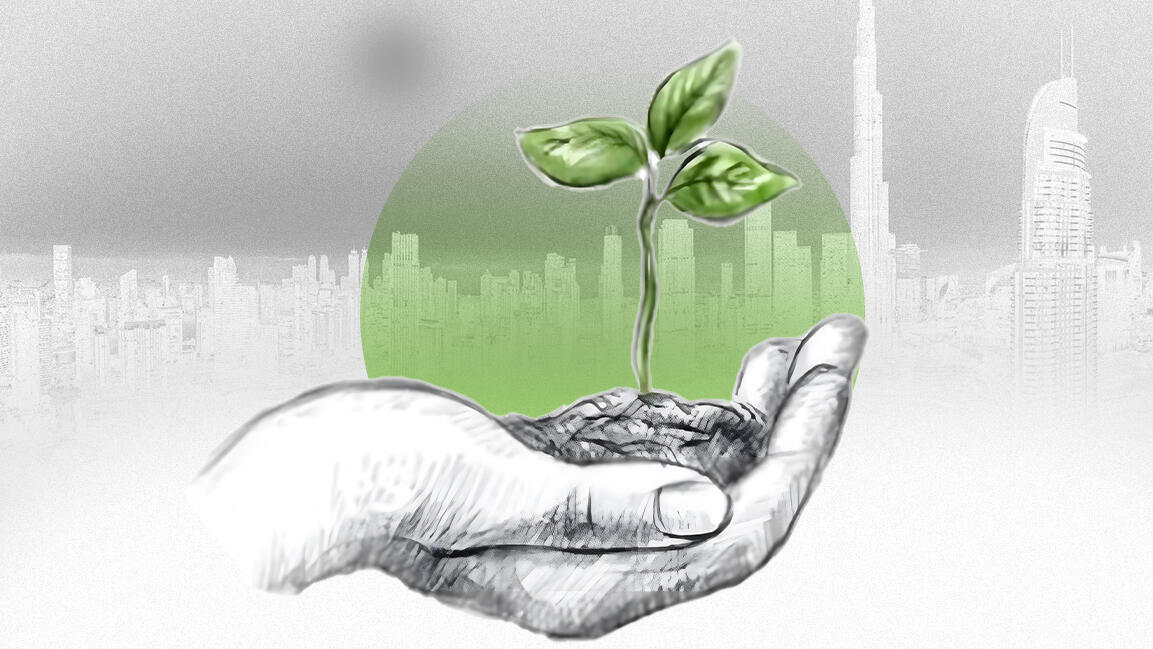- | 9:00 am
Can green offices in the Middle East gain a competitive edge?
Driven by environmental awareness and stringent regulations, there’s a transformative shift toward sustainability

The Middle East’s commercial real estate sector is transforming toward sustainability. Green-certified offices have become prime investment opportunities, attracting top talent and customers and reducing operational costs.
According to Muhammad Ahmed Asfand, a LEED green associate and project coordinator at Riyadh-based consultancy Sustainable Design Solutions, “Sustainably designed office spaces offer long-term cost savings, enhance occupants’ well-being, and foster a sense of belonging. They contribute to the triple bottom line by delivering environmental, social, and economic benefits.”
Green office spaces typically achieve resource efficiency through smart technologies such as motion-sensor lighting, automated ventilation systems, and water-saving fixtures, notes Asfand. Beyond energy reduction, additional strategies enhance long-term sustainability, including workplace recycling programs and recognition initiatives celebrating eco-friendly efforts.
Sustainability is now a key factor in commercial real estate success. A 2023 CBRE report found that LEED-certified office spaces in the UAE command up to 33% rental premiums and experience lower vacancy rates. In Abu Dhabi, LEED-certified buildings boasted an occupancy rate of 95.9% in 2023, compared to 89.5% for non-certified spaces. Dubai showed a similar trend, with green-certified offices outperforming conventional ones.
RETAIL SUSTAINABILITY IN ACTION
UAE-based luxury retailer Chalhoub Group exemplifies how corporations transform their offices with sustainable solutions. Since 2017, Chalhoub’s Stores Towards Earth Protection (STEP) program has assessed new store sustainability.
“In the UAE, environmental audits have driven the phase-out of single-use plastics and waste reduction, while sustainability training for new employees ensured these principles were embedded in daily operations,” says Florence Bulté, chief sustainability officer at Chalhoub Group.
The group has implemented recycling infrastructure across 19 shopping destinations and introduced biodegradable paper in November 2024.
According to Bulté, operating in the region’s extreme desert climate poses various challenges, particularly the high energy demands needed to maintain optimal warehouse temperatures for cosmetics. Developing waste management infrastructure also required substantial investment.
The transition to electric vehicles has also been complex, hampered by a lack of charging stations and the scarcity of EV vans equipped with sufficient cold storage for transporting temperature-sensitive cosmetics.
“Despite these hurdles, we have achieved significant savings. Water consumption across our UAE operations dropped by 8% in 2024 by reducing tap flow rates and cutting water use in washrooms and pantries by 70%. The introduction of greywater irrigation and submeters further improved efficiency,” adds Bulté.
PIONEERING RENEWABLE ENERGY
The Bahrain World Trade Centre (WTC) is a standout example of sustainable office design, as it integrates renewable energy at its core.
The tower features energy-saving measures such as advanced shading techniques to reduce solar heat gain, deep gravel roofs for superior insulation, and energy-efficient lighting to minimize electricity use.
The Bahrain WTC harnesses the sea breeze to generate wind power by leveraging its coastal location. The building’s integrated wind turbines supply up to 15% of its electricity demand, seamlessly blending functionality with aesthetic appeal.
A MODEL FOR ENERGY-EFFICIENT DESIGN
King Abdullah University of Science and Technology (KAUST), Saudi Arabia’s first LEED Platinum-certified project, serves as a model for sustainable design. Although not an office building, its eco-friendly initiatives can be applied to office spaces to enhance global sustainability.
Despite environmental challenges such as Saudi Arabia’s reliance on desalinated water and consistently high temperatures and humidity, KAUST has significantly reduced its carbon footprint. This achievement is driven by energy-efficiency measures, including passive cooling, reflective roofs, shading devices, and green spaces that minimize heat absorption and conserve energy.
Additionally, the university treats and reuses 100% of its wastewater and employs an advanced automation system for real-time monitoring of carbon emissions linked to campus energy consumption.
Thanks to these initiatives, KAUST has reduced its energy consumption by over 15% since 2015—surpassing its original goal of a 10% reduction by 2025.
A MODEL OF OFFICE SUSTAINABILITY
Located in Dubai International Financial Centre, ICD Brookfield Place integrates sustainability, innovation, and well-being in its design. Spanning 990,000 square feet of office space and 160,000 square feet of retail, the development incorporates energy-efficient systems, with building automation to optimize energy use in the building, while advanced water conservation strategies, such as condensate recovery and landscaping with native, low-water-demand plant species, reduce water consumption.
“Our waste management system includes source sorting, segregation, and recycling, ensuring we minimize waste sent to landfills and maximize resource recovery. The building also boasts a fresh air circulation system, while smart IoT sensors monitor air quality throughout the building, ensuring a healthy indoor environment for occupants,” says Haithem Ibraheem, Vice President, Operations ICD Brookfield Place.
Moreover, biophilic design principles ensure that nearly all workspaces benefit from natural light and outdoor views, promoting well-being.
As a result of these measures, ICD Brookfield Place has reduced energy consumption by 30% compared to industry standards, and cut water use by 48%. In 2024, it achieved a 463-metric-ton reduction in greenhouse gas emissions, a 16% drop in district cooling consumption, and a 7% decrease in electricity use in common areas.
Ibraheem highlights that sustainability measures have helped attract international firms with strong ESG commitments.“Now fully occupied, the office building supports tenants’ broader corporate goals. The synergy between ICD Brookfield Place’s certifications and tenant aspirations has also made it seamless for tenants to achieve their sustainability targets”.
BANKING ON SUSTAINABILITY
Abu Dhabi Islamic Bank (ADIB) has embraced sustainability, particularly in its Zayed International Airport branch. The branch incorporates energy-efficient lighting, automated air conditioning, and water-saving technologies. Locally sourced, recycled, low-volatile organic compound materials were also chosen to enhance indoor air quality.
Bushra Al Shehhi, ADIB’s group chief HR and real estate officer, highlighted the challenges of developing a sustainable branch in the UAE’s extreme climate, including ensuring material durability and meeting stringent environmental regulations. However, ADIB’s efforts paid off, resulting in a 30% reduction in utility costs and LEED v4 Platinum certification in 2024.
“Beyond physical benefits, the branch instills a sense of pride among employees, who take satisfaction in working for an organization that prioritizes sustainability. This commitment also enhances ADIB’s ability to attract and retain talent motivated by meaningful change,” says Al Shehhi.
With sustainability becoming a top priority in the region’s real estate sector, green office spaces are no longer a niche concept but a necessity.
As companies prioritize green building practices, the Middle East is poised to become a global leader in sustainable commercial real estate, demonstrating that even in the harshest climates, eco-conscious innovation can thrive.







